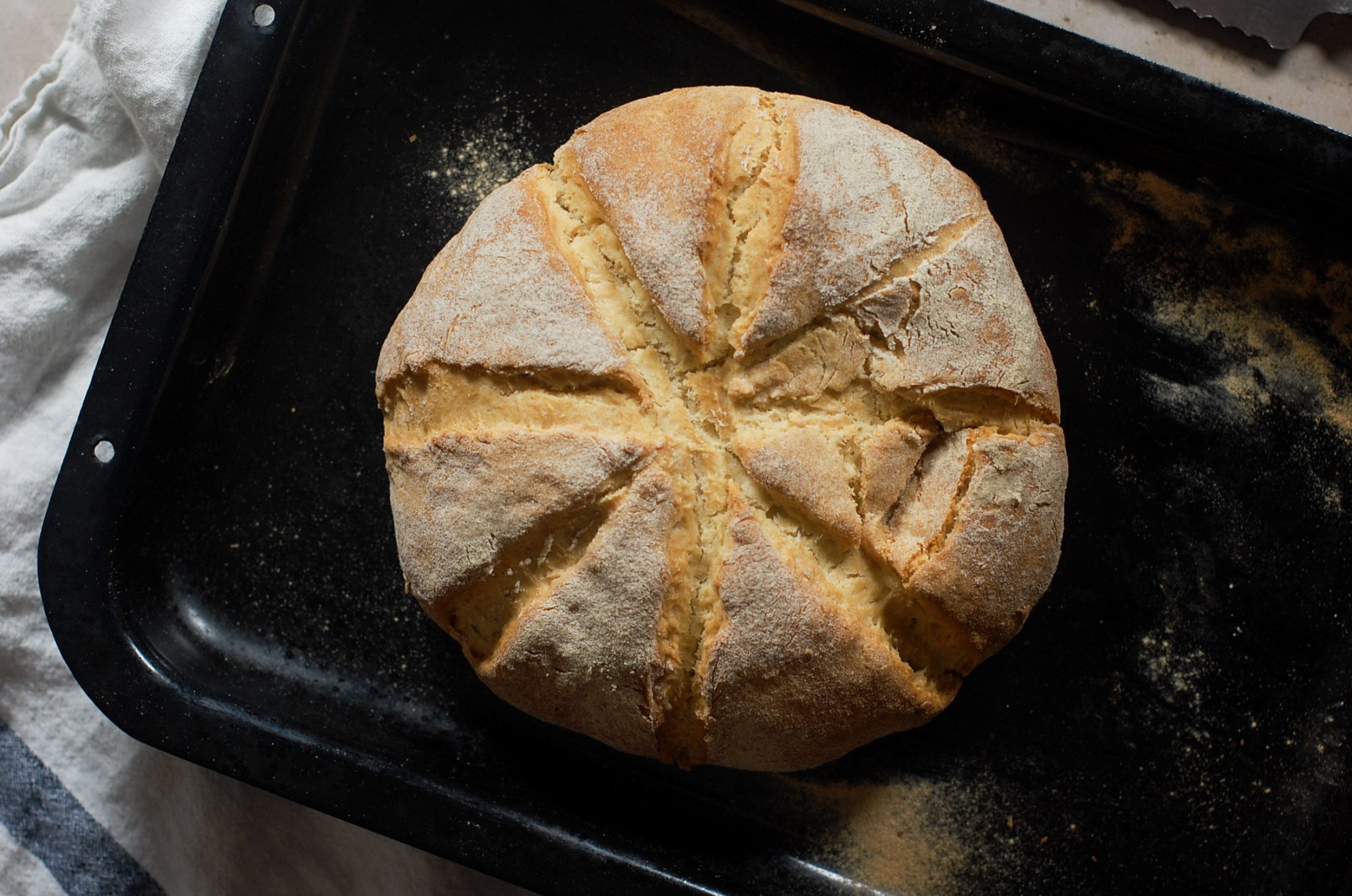Australia’s culinary identity is as vibrant and expansive as its landscapes. From the sunburnt outback to bustling coastal cities, food in Australia is a reflection of the land’s deep Indigenous roots, British colonial past, and a melting pot of immigrant cultures. While the country is famed for its laid-back lifestyle and rugged outdoor charm, its food tells a much richer, more complex story. In this article, we journey through some of Australia’s most iconic dishes—from rustic bush bread to the elegant and hotly contested pavlova—celebrating the unique flavors that define the Aussie kitchen.
The Roots of Aussie Cuisine: Indigenous Foundations
Long before colonists arrived on Australian shores, the Aboriginal peoples had cultivated an intricate and sustainable relationship with the land for over 60,000 years. This enduring connection is reflected in the wealth of native ingredients they used—many of which are now gaining recognition in contemporary Australian cuisine. Ingredients such as wattleseed, finger lime, bush tomato, and lemon myrtle were central to Indigenous diets. Kangaroo, emu, and crocodile were also commonly hunted, with preparation techniques ranging from open-fire roasting to slow cooking in earth ovens.
This foundation, known as “bush tucker,” wasn’t just about sustenance. It was deeply tied to cultural rituals and seasonal knowledge passed down through generations. Today, chefs across Australia are embracing these ancient ingredients and methods, crafting modern dishes that pay homage to the continent’s first food culture. Explore https://www.nangwizard.net/ for more information.
Damper: The Original Aussie Bread

Few dishes are more emblematic of colonial Australia than damper. Originally a staple for swagmen, drovers, and bush workers, damper is a simple soda bread made from basic ingredients—flour, water, and a pinch of salt. In its earliest form, it was baked directly in the ashes of a campfire, with its charred crust and soft interior offering sustenance in remote and rugged environments.
While the traditional version is beloved for its rustic simplicity, modern takes on damper often include milk or butter to enrich the dough, and sometimes cheese or herbs for added flavor. Today, damper is a popular feature at Australian barbecues, often served with golden syrup or bush tomato chutney. Its enduring appeal lies not just in its taste but in its cultural significance as a symbol of outback resilience and resourcefulness.
Meat Pies and Sausage Rolls: Pub and Picnic Favorites
Ask any Australian what defines comfort food, and chances are they’ll mention meat pies and sausage rolls. Ubiquitous in bakeries, footy matches, and school canteens, these savory pastries are woven into the fabric of daily life.
A classic Aussie meat pie typically features a flaky pastry shell filled with minced beef and rich brown gravy. While purists may prefer the traditional version, modern interpretations include fillings like pepper steak, cheese and bacon, or even curried lentils. Sausage rolls follow a similar trajectory, encasing seasoned sausage meat in puff pastry and baking until golden.
Vegemite on Toast: A Controversial Icon

No conversation about Australian cuisine would be complete without mention of Vegemite. This dark, salty spread made from leftover brewers’ yeast extract is notoriously polarizing. Rich in B vitamins, Vegemite was originally promoted as a health food during the 1920s and later gained popularity as a wartime staple.
To the uninitiated, Vegemite’s intense umami punch can be overwhelming. But Australians know the trick: toast a slice of bread, slather it with butter, and add a very thin layer of Vegemite. The result is a savory, satisfying bite that’s equal parts nostalgic and nourishing.
Chicken Parmy (or Parmi): The Pub Staple
Step into any Aussie pub, and you’re bound to find chicken parmigiana on the menu. Affectionately known as the “parmy” or “parmi,” this dish consists of a crumbed chicken schnitzel topped with tomato sauce, melted cheese, and sometimes ham. It’s usually served with a side of chips and salad, although some purists insist the chips should sit under the schnitzel to soak up the sauce.
What makes the chicken parmy special isn’t just its cheesy, crispy goodness, but the passionate debate it inspires. The naming divide—“parmy” in some regions, “parmi” in others—has sparked countless friendly arguments across the country.
Pavlova: A Dessert Worth Debating
Few desserts spark as much cross-Tasman rivalry as pavlova. Both Australia and New Zealand claim to have invented this airy meringue dish named after Russian ballerina Anna Pavlova. Regardless of its true origin, it has become a staple at festive gatherings across Australia.
Pavlova is crisp on the outside and marshmallow-soft inside, typically topped with whipped cream and vibrant fruit such as strawberries, passionfruit, and kiwi. Its lightness makes it particularly popular during the hot summer months, especially around Christmas.
Conclusion
Australian cuisine is more than just a collection of iconic dishes—it’s a dynamic reflection of the land, its people, and their stories. From the ancient practices of Indigenous Australians to the improvisations of colonial settlers and the vibrant tapestry of immigrant influences, each meal offers a glimpse into the nation’s evolving identity. As Australia continues to explore its culinary roots and push its gastronomic boundaries, one thing remains certain: Aussie food is as welcoming and unforgettable as the country itself.











